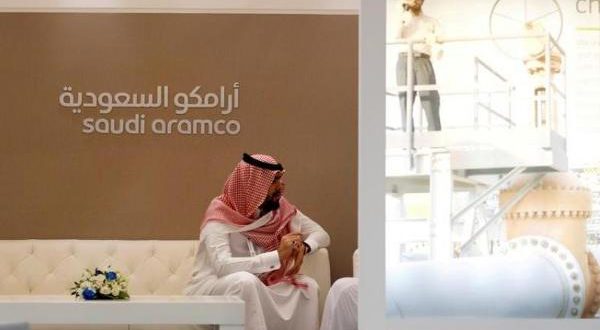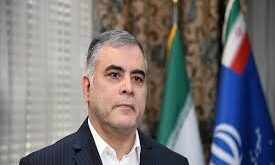Khalid Al-Falih. Saudi Arabia’s energy minister. would have come away from Vienna last week with the satisfaction of a job well done and mission accomplished. on two fronts. As the Kingdom’s oil supremo. he would have been happy with the deal to maintain production by OPEC — and its new ally Russia — until the end of next year. In his capacity as chairman of Saudi Aramco. he would be no less pleased that another variable had been ticked off in the preparations to launch the initial public offering of the world’s biggest oil company. also slated by official pronouncements for the end of 2018. The deal to extend the cuts first agreed a year ago had been expected. but there was always the last-minute chance that Russia would baulk at the notion of holding its own output at present levels. In the end. the deal will be reviewed at the OPEC meeting next summer. but if all goes to plan by then it should have done its job: Maintaining crude at around the $60 per barrel level. and further draining global inventories to the level of their past five-year average. which the Kingdom has said is its strategic target. Brent oil stood at $63.73 per barrel in response. well in the range of the “sweet spot“ many experts see for oil. and a level at which Saudi Arabia will feel comfortable. for several reasons. At $60. the Kingdom and some other Gulf countries (though not Oman and Bahrain) will probably run a current account surplus for 2018. according to an analysis by Capital Economics. the London consultancy.The fiscal deficit would shrink to a manageable few billion dollars. and the pressure on foreign reserves — already being reduced because of so-called “austerity“ measures — would be reduced. Analysts at Bank of America Merrill Lynch agree that around $60 is a “Goldilocks“ scenario for the Kingdom’s economy — not too hot. and not too cold — which helps non-oil sector growth and encourages progress toward the goal of fiscal balance. now unofficially moved to a target date of 2023. The bank. however. does see the possibility of an occasional “spike“ in oil prices to as much as $75 per barrel. The risk from oil at the $60-plus range. however. is that American shale producers swing back into action and flood the market again with their product. which was the main cause of the price collapse in 2014. One veteran American oil man I spoke to last week said: “As soon as it hits $60. they (shale producers) load up the trucks again and head on up to Montana (one of the biggest shale regions in the USA).“ Maybe he’s right. but there are signs. according to other oil analysts. that the shale producers and their investors are not as ready to begin the expensive process of “loading up“ in any meaningful way until oil hits $70. Low oil prices affect Texan shale men as much as they do sovereign states in the Gulf. and they too have fiscal pressures to contend with. So the OPEC deal and oil at around $60 is good for the Saudi economy. but what does it mean for Al Falih’s other pressing concern the IPO of Aramco? Again. it looks like a Goldilocks scenario. At. say. $40 a barrel. there is a risk that global markets would not be able to value Aramco at anywhere near the official price tag of $2 trillion. and. it is widely suggested. the Kingdom would not want to go through the whole complicated and risky process of an IPO on global markets if the valuation fell below $1.5 trillion. Conversely. if oil were to hit $75 and stay there for any significant length of time. the revenue boost for the Kingdom would make the need for funds from an IPO obsolete. some analysts speculate. Personally. I feel this view understates the symbolic importance of the planned IPO for the Kingdom and its central place in the Vision 2030 transformation strategy. There is a firm belief in official circles in Riyadh that the Aramco IPO will go ahead however high the price of crude. because it has been held up as the key to the rest of the privatization program designed to reduce public sector dominance of the economy. Of course. the past couple of months have seen other complications in the global IPO process. The possibility of a trade sale to Chinese investors emerged as a real option under consideration. and the newly found confidence of the Riyadh stock market. the Tadawul. that it could mount an “exclusive“ IPO of Aramco further muddied the waters. These are issues that Aramco and its advisers will have to deal with in coming months. But. with an agreement in Vienna and the stable outlook for oil for the next 12 months. at least they can do that against a background of greater certainty in oil markets than at any time in the past three years.

 Iran Energy News Oil, Gas, Petrochemical and Energy Field Specialized Channel
Iran Energy News Oil, Gas, Petrochemical and Energy Field Specialized Channel



